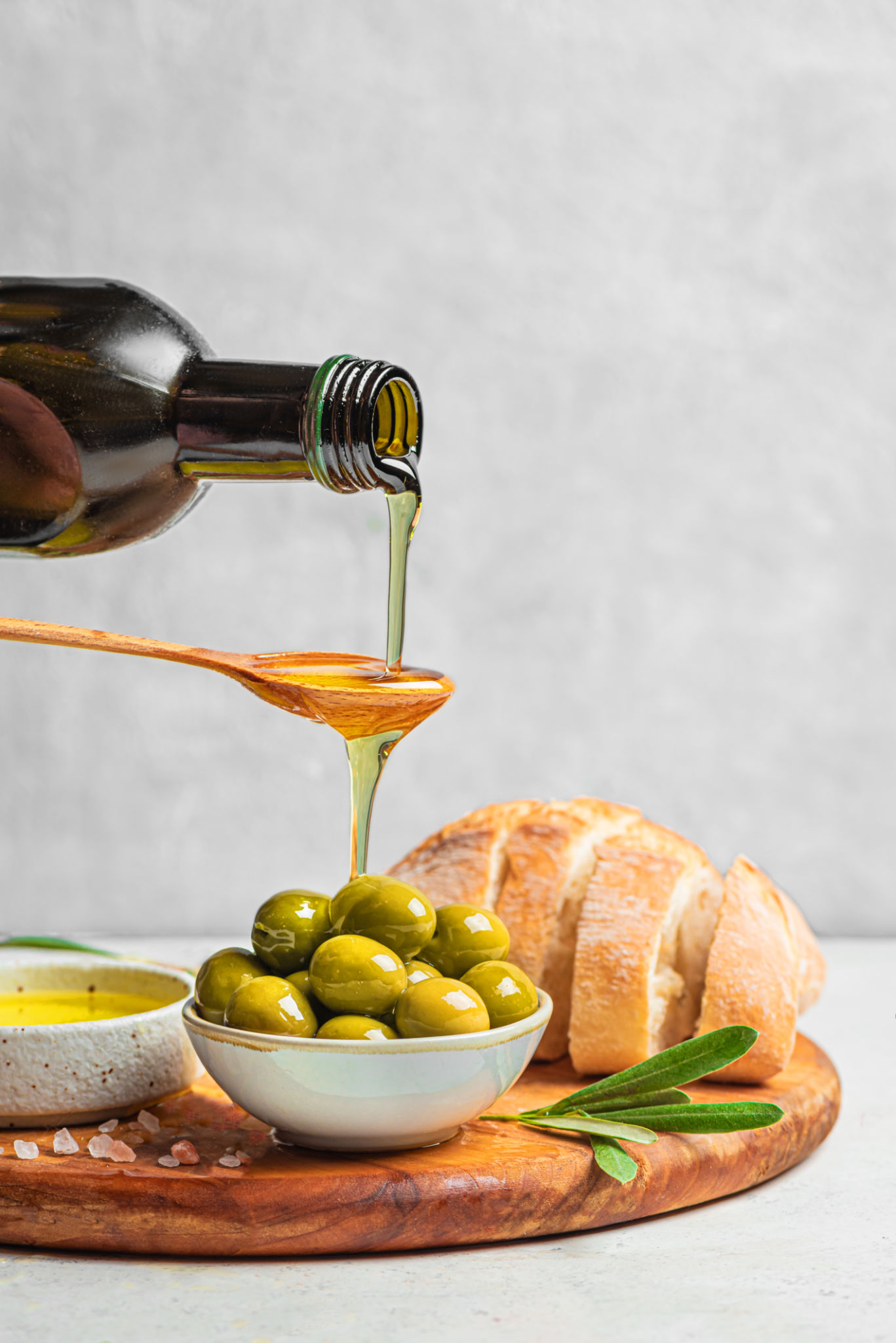The Ultimate Guide to Choosing the Best Olive Oil for Your Kitchen
NB
Understanding Olive Oil Varieties
Olive oil is a staple in many kitchens, renowned for its flavor and health benefits. But with so many options available, choosing the right one can be daunting. Understanding the different varieties is the first step.
Extra virgin olive oil (EVOO) is the highest quality, made from pure, cold-pressed olives. It retains a robust flavor and aroma, making it ideal for dressings and dips. Virgin olive oil is also cold-pressed but has a slightly higher acidity, suitable for cooking and frying.

Refined olive oil is lighter in flavor because it’s processed to remove impurities. It’s perfect for recipes where you don’t want the oil to overpower other ingredients. Lastly, there is olive pomace oil, which is extracted from the olive pulp and is often used for high-heat cooking due to its mild taste.
Factors to Consider When Choosing Olive Oil
When selecting olive oil, consider the flavor, smoke point, and nutritional content. Flavor is essential, especially if you’re using it as a finishing oil. Opt for a taste that complements your dishes.
The smoke point is crucial for cooking. Extra virgin olive oil has a lower smoke point compared to refined versions, so it’s better for low-heat preparations. Refined oils can handle higher temperatures, making them suitable for frying.

Nutritional content is another factor. Extra virgin olive oil is packed with antioxidants and healthy fats, offering numerous health benefits. Always check the label for authenticity, as some products might be mixed with other oils.
Reading Labels and Certifications
Labels can be confusing, but they’re your guide to quality olive oil. Look for certifications like the International Olive Council (IOC) seal, which indicates the oil meets specific standards.
Pay attention to the harvest date. Fresher oil is usually more flavorful. Also, check for terms like “cold-pressed” and “unfiltered,” which suggest higher quality. Avoid oils labeled simply as “olive oil” without any indication of processing.

Storing Olive Oil Properly
Proper storage is vital to maintain the quality of your olive oil. Keep it in a cool, dark place, away from heat and light, which can degrade the oil. A pantry is often the best spot.
Use a dark glass bottle or a stainless steel container to protect it from light. If you buy in bulk, transfer a small amount to a smaller container for everyday use to minimize exposure to air.
Pairing Olive Oil with Foods
Pairing olive oil with the right foods can elevate your culinary creations. Robust extra virgin olive oil pairs well with hearty dishes like grilled meats and roasted vegetables, enhancing their flavors.
For delicate dishes like fish or fresh salads, opt for a milder olive oil to complement without overpowering. Experiment with flavored olive oils, such as lemon or garlic-infused, to add a unique twist to your meals.

By understanding the different types of olive oil and considering key factors like flavor and smoke point, you can choose the perfect olive oil to enhance your cooking. Whether it’s a drizzle over a salad or a staple for sautéing, the right olive oil can make all the difference in your kitchen.